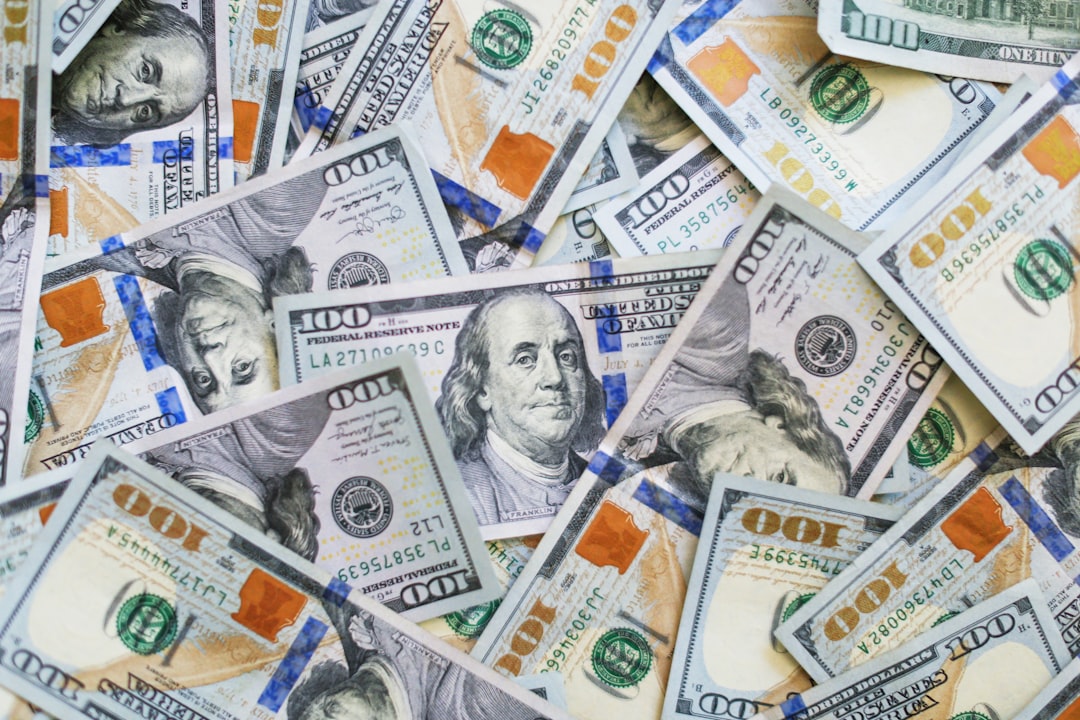Understanding the Difference Between Cash Flow and Profit
Understanding the difference between cash flow and profit is crucial for any business owner or entrepreneur. While both terms are related to the financial health of a company, they represent different aspects of its operations. Let's take a closer look at what cash flow and profit mean and why they matter.
Cash Flow
Cash flow refers to the movement of money in and out of a business. It represents the actual cash that is available to a company at any given time. Cash flow can be positive, indicating that the business is generating more cash than it is spending, or negative, indicating that the company is spending more cash than it is generating.
Positive cash flow is essential for the day-to-day operations of a business. It allows the company to pay its bills, invest in new opportunities, and cover any unexpected expenses. Without positive cash flow, a business may struggle to stay afloat, even if it is profitable.
Profit
Profit, on the other hand, is the financial gain that a company makes after deducting all expenses from its revenue. It is a measure of the company's profitability and is often used to assess the overall financial performance of a business.
Profit can be calculated over a specific period, such as a month, quarter, or year. It provides insights into how well a company is managing its costs and generating revenue. However, it does not necessarily reflect the actual cash available to the business at any given time.
The Importance of Cash Flow and Profit
Both cash flow and profit are essential for the long-term success of a business. While profit indicates the overall financial health of a company, cash flow ensures its day-to-day operations can continue smoothly.
For example, a company may be profitable but experience negative cash flow if it has significant outstanding invoices or high levels of inventory. This can lead to cash shortages and difficulties in meeting immediate financial obligations.
On the other hand, a company can have positive cash flow but low or negative profit if it is not generating enough revenue to cover its expenses. This may indicate underlying issues with pricing, cost management, or sales volume.
Managing Cash Flow and Profit
To effectively manage both cash flow and profit, business owners should focus on maintaining a healthy balance between the two. Here are some strategies to consider:
- Monitor cash flow regularly: Keep track of incoming and outgoing cash to identify potential issues before they become critical.
- Forecast cash flow: Use historical data and future projections to anticipate cash flow fluctuations and plan accordingly.
- Optimize revenue streams: Explore opportunities to increase sales, improve pricing strategies, and diversify income sources.
- Manage expenses: Review and control costs to ensure they align with the revenue generated.
- Improve cash collection: Implement efficient invoicing and payment processes to reduce outstanding invoices and shorten payment cycles.
Conclusion
Understanding the difference between cash flow and profit is crucial for making informed financial decisions. While profit indicates the overall financial performance of a business, cash flow ensures its day-to-day operations can continue smoothly. By managing both effectively, business owners can ensure the long-term success and sustainability of their companies.



